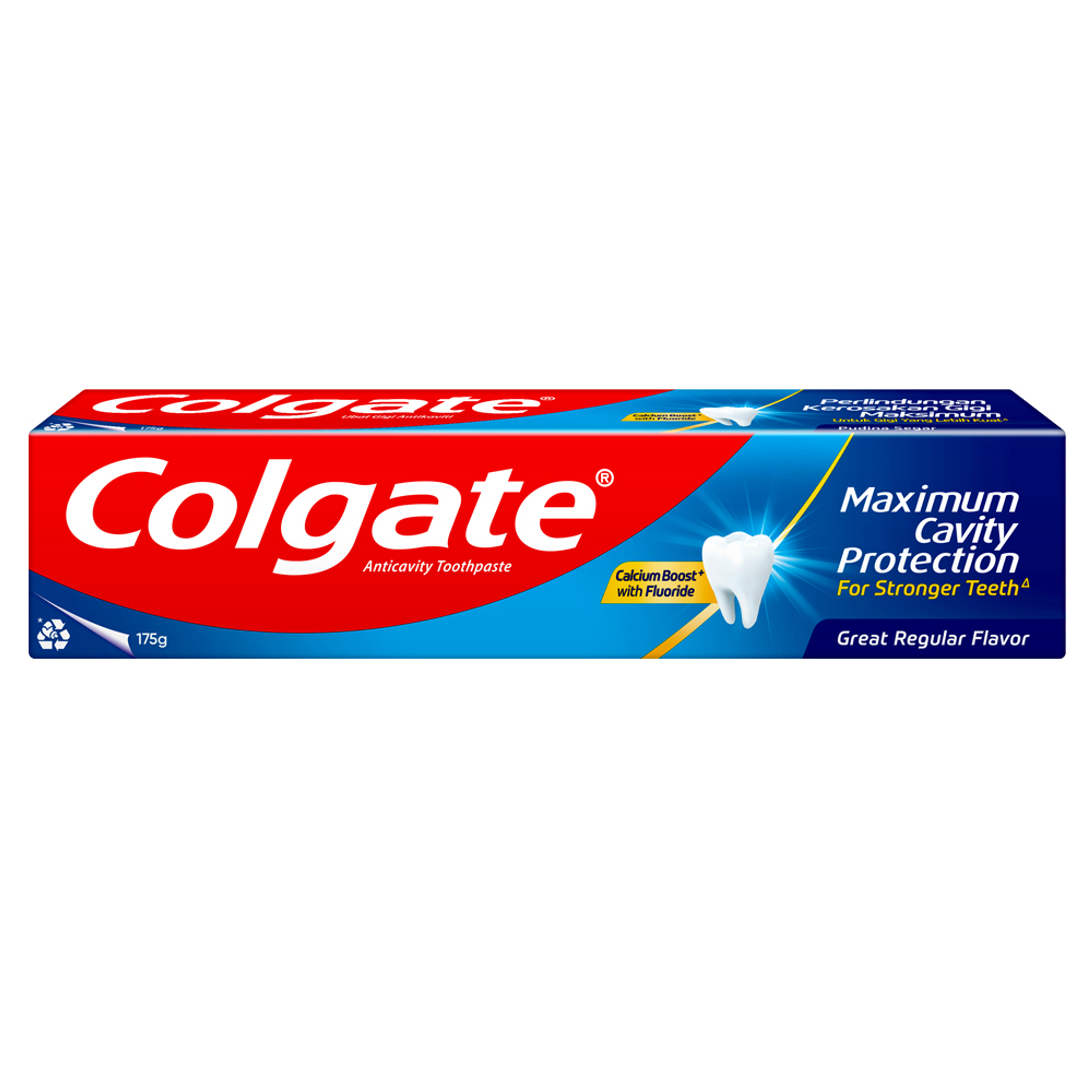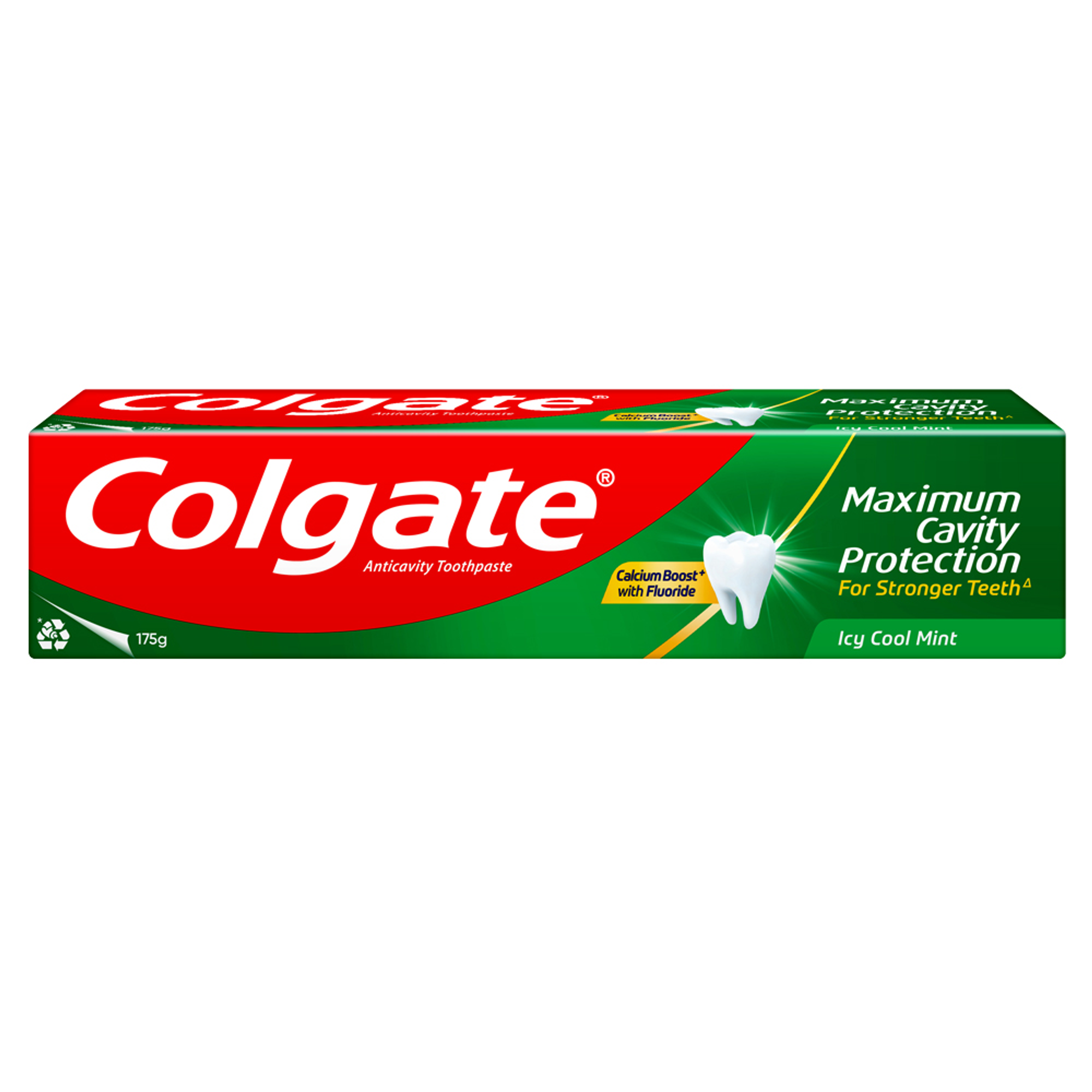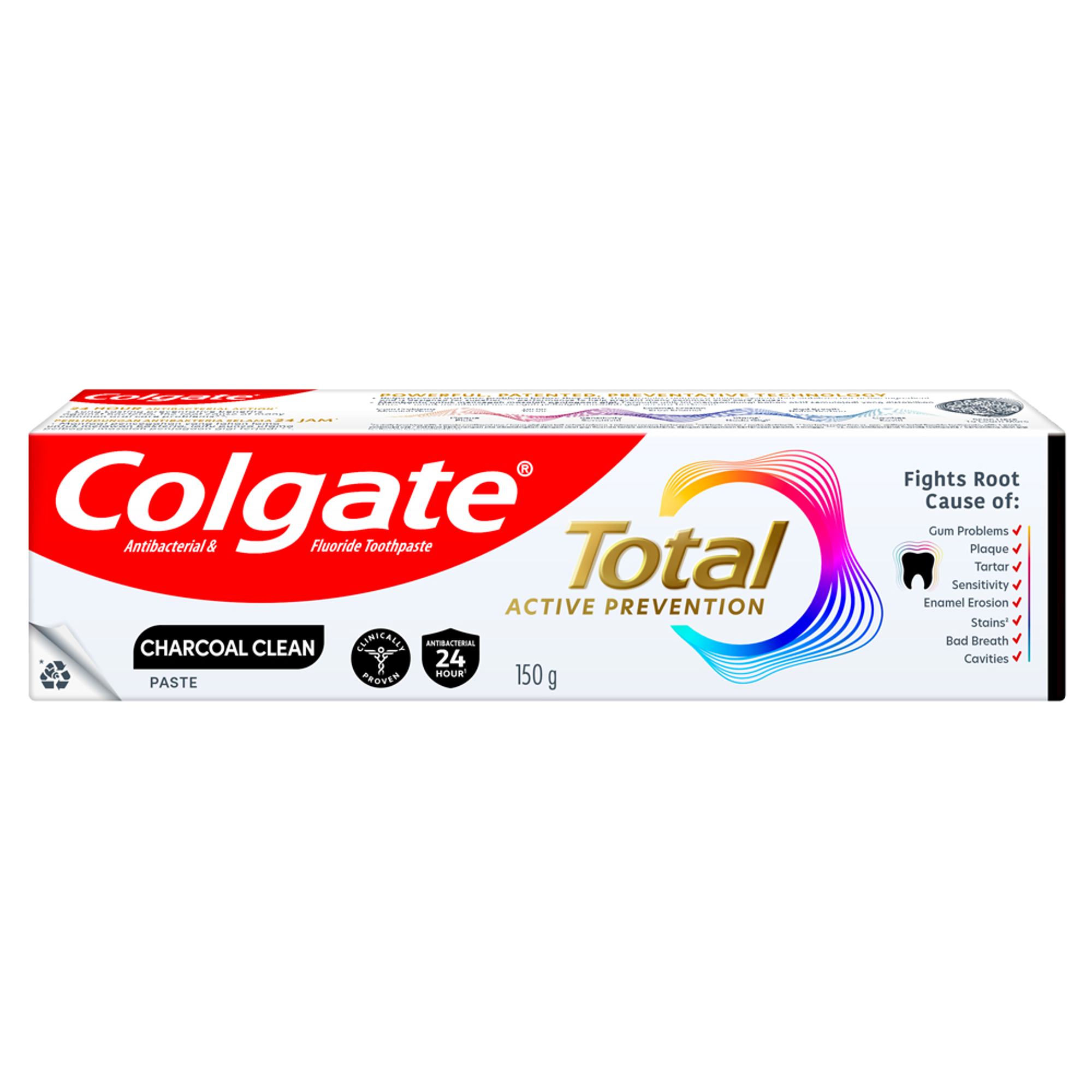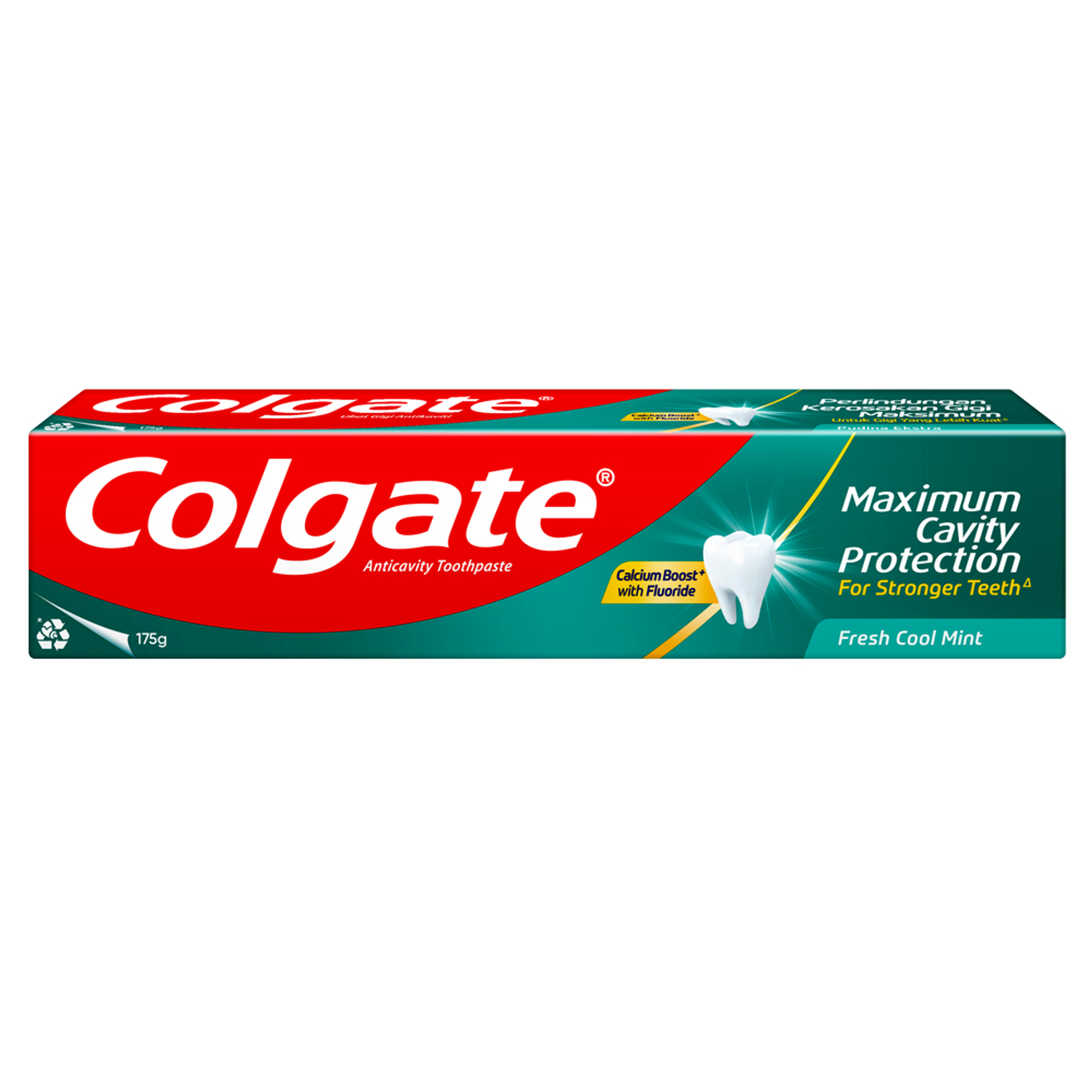How Do Whitening Gels Work?
It's natural to be curious or concerned about what's in dental whitening gel and how it works. Whitening gels have bleaching ingredients and are safe for most teeth. Most gels contain hydrogen peroxide and several other added ingredients to improve the product's performance and flavour.
Common Ingredients in Whitening Gels
- Carbamide Peroxide and Hydrogen Peroxide - An ingredient often used in dental whitening gels is carbamide peroxide, a common bleaching agent in many dental products. It's a source of hydrogen peroxide, which bleaches teeth through a reaction with existing stains, changing their chemical structure to remove discoloration. The American Dental Association (ADA) states that hydrogen peroxide helps remove surface stains, as well as deep discolouration in your teeth.
- Slow-Acting and Quick-Acting Whitening Gels - Dentists can supply carbamide peroxide as a slow-acting bleach for you to use at home. During an initial appointment, your dentist takes an impression of your mouth and at a follow-up appointment, you receive whitening trays and whitening gel to apply in the trays regularly at home. Quick-acting whitening gels that dentists use in-office contain higher concentrations of hydrogen peroxide: between 15% and 38%. This makes the process faster than at-home whitening, but can also cause more sensitivity.
- Other Ingredients - Many teeth whiteners include added ingredients to help decrease tooth sensitivity. Two common whitening gel ingredients are potassium nitrate and amorphous calcium phosphate, both shown to reduce sensitivity. However, sensitivity after whitening is usually temporary, according to the ADA.
Dental Whitening Candidates
Dental whitening gels lighten teeth and remove stains effectively, but they aren't for everyone. The American Academy of Pediatrics says parents should wait until all of a child's baby teeth have fallen out before whitening and to carefully read the product label for recommended ages and instructions.
Additionally, it's best for everyone to consult their dentist before using a whitening gel. Teeth with very dark stains, crowns or fillings might not have good results from over-the-counter dental whitening gel products. Your dentist can advise the best way forward.

Instantly colour-corrects yellow tones^
^For temporary efficacy
Tips for Home Use
Before starting a bleaching treatment with a tooth whitening gel, see your dentist. They can make a custom tray to fit neatly with the contours of your mouth and explain how to properly use a gel. For example, you always need to brush your teeth before applying the treatment gel. Depending on the product, you may need to wear the tray for a few hours during the day or overnight. Your dentist might recommend using the mouth tray for about two weeks to get the desired results. Be careful not to swallow any gel. Gently remove any residue that might be left on your teeth or gums with a cloth, a clean finger or a soft toothbrush, and then rinse your mouth well.
Side Effects of Teeth Whitening Gels
Some people have safety concerns about using whitening products. According to the ADA, peroxide-based bleaching agents, such as those used in common tooth whitening products like strips and gels, can cause irritation to the gums. This can happen when the gel is used with an ill-fitting tray or applied incorrectly.
Tooth sensitivity can also occur with teeth whitening, although both irritation and sensitivity usually stop once you're done treating your teeth. The best way to help avoid and prevent these possible side effects is to whiten under the advisement of your dentist.
Using a whitening gel is a good way to make your smile brighter, so ask your dentist if you're a candidate for whitening. To help maintain a whiter smile, floss daily and brush twice a day with a whitening toothpaste. Keep up your regular dental appointments — the polishing action of a professional cleaning treatment is essential for fighting surface stains. With a little work, you can say goodbye to yellowing teeth and hello to a revitalized smile!














